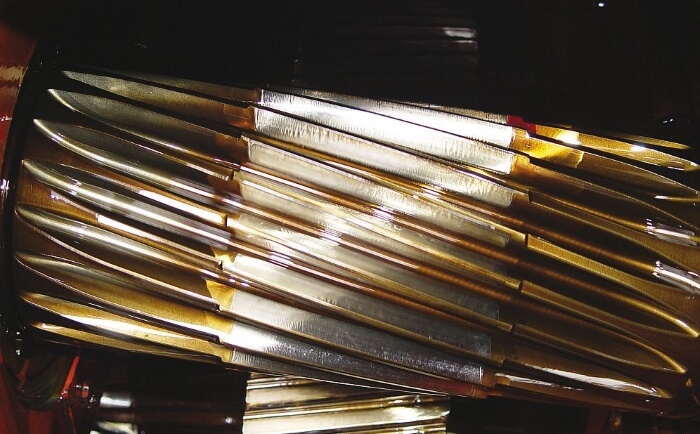


AW additives
AW additives are also known as anti-wear additives. The additives contain active substances against abrasive wear. The physical-chemical properties of the substances lead to interactions with metallic surfaces, which provide protection against heavy wear. The friction partners are better separated from each other. AW additives should not be mixed up with EP additives, which also provide a certain degree of wear protection, but are intended for a different operating condition (extreme high pressures).
Functionality of AW additives
AW additives adhere to metal surfaces due to their polarity and form a protective layer. If friction occurs at these points, the temperature also increases. The increase in temperature activates the wear protection additives. Chemical compounds are formed and the protective layer becomes slippery. This prevents or minimises damage and material erosion. As a result, the components remain functional for longer and wear damage such as pittings or micropittings does not occur in the first place.
Composition of AW additives
Typical active ingredients in AW additives are fatty acids, fatty oils, sulphur compounds and phosphorus-containing additives such as metal dithiophosphates and phosphate esters.
Areas of application for AW additives
AW additives are used in areas with strong mixed friction, where contact between the friction partners cannot be ruled out. High pressures and high speeds often occur. Classic applications for AW additives include the lubrication of gearboxes, transmissions and engines.

Contact
